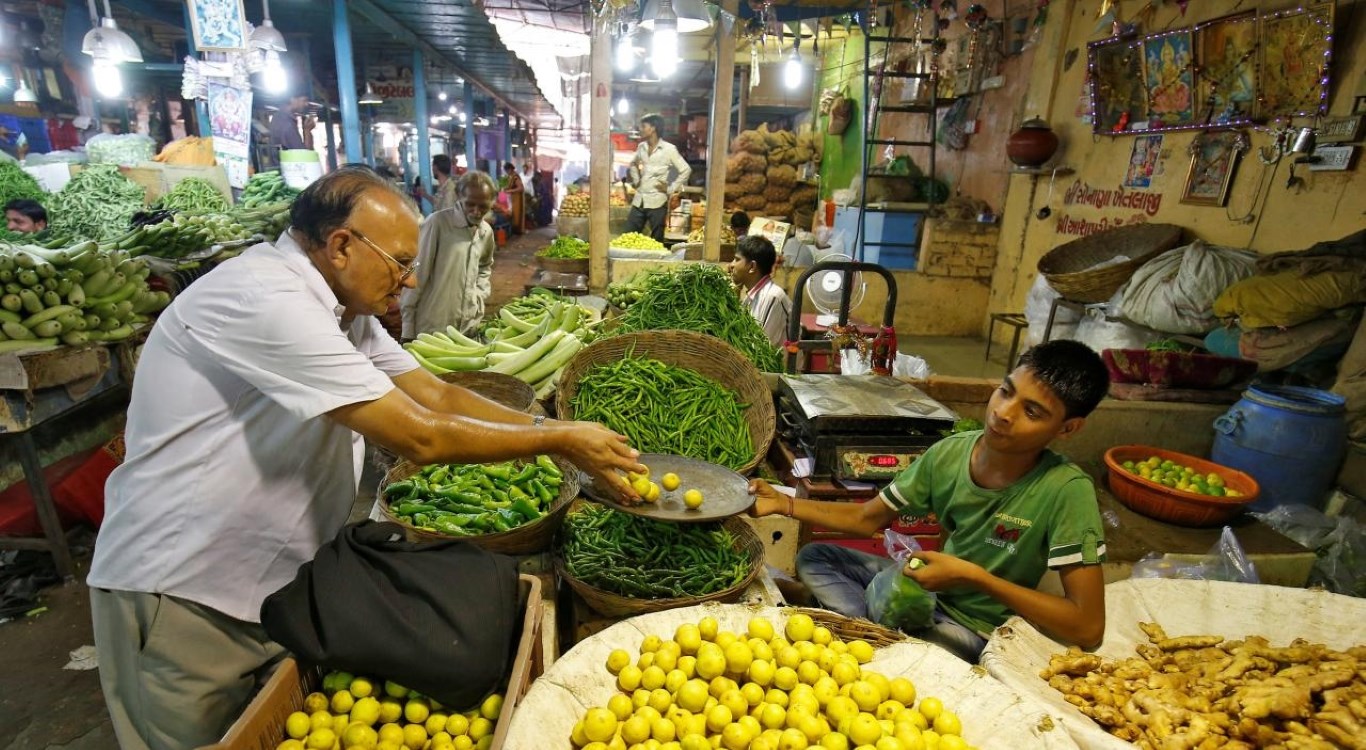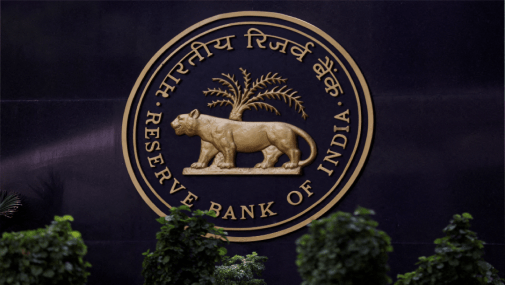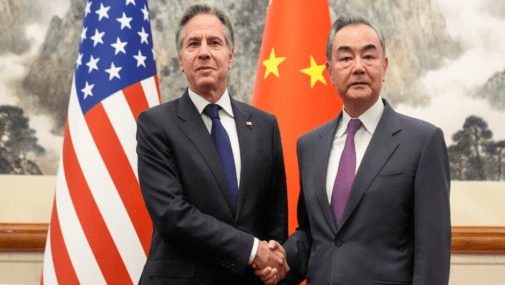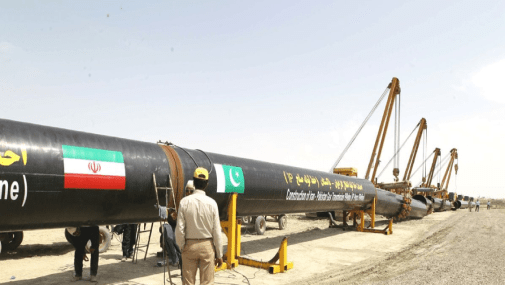India’s Retail Inflation at Five Month High
July 13, 2018 | Expert Insights

India’s annual retail inflation accelerated to a five-month high in June, alongside a weak currency and rising oil prices.
Experts believe that the RBI could increase interest rates in August.
Background:
The Indian rupee hit a lifetime low to trade at 68.95 per dollar in late June amid heavy month-end demand for the American currency from importers and banks. Experts suggested that the rise in oil prices have played a role in rupee’s depreciation, due to production cuts adopted by OPEC nations. According to Nomura Holdings Inc, every $10 rise in the oil price worsens India’s current-account balance by 0.4% of GDP. It also pushes up inflation by 30-40 basis points.
The rupee has lost nearly 7% of its value since the start of 2018, and it is the second-biggest loser in the BRICS group: Brazil, Russia, India, China, and South Africa. The Russian ruble is the only currency that has lost more value than the rupee in 2018 so far. However, the Chinese Yuan has also weakened amidst US-China trade woes.
In 2018, Goldman Sachs Group, Inc, a multinational finance company downgraded India's economic forecasts. It had initially projected India’s growth to be at 8% for the financial year 2018-2019, however, they now estimate it to be around 7%.
Standard Chartered Plc, Australia & New Zealand Banking Group Ltd, TD Securities and Malayan Bank have trimmed their targets for the Indian currency. Kotak Mahindra Bank has gone so far as to say that the rupee could fall past its 2016 record low of 68.89 per dollar if global and local risks play out.
For the first time since 2014, the Reserve Bank of India recently hiked key lending rate or repo rate by 25 base points to 6.25%. They had also revised up inflation projection for October-March to 4.7% from 4.4%.
Read More: Strong Rupee, Strong Indian Economy
Analysis:
In June, consumer prices rose 5% from a year earlier, compared with a 4.87% increase in May, according to the Indian statistics department.
“We are expecting the RBI to raise the policy rate two more times in the current financial year,” said Indranil Pan, group economist of IDFC Bank. He explained that rupee depreciation was likely to push up prices of inputs for manufacturers, which would be reflected in higher retail prices, and the central bank would be guided by inflationary concerns.
PM Narendra Modi recently decided to raise procurement prices ahead of elections. The move is estimated to cost $2.2 billion to the government and could push up prices of food grains in coming months.
India’s import bill is rising at a time when exports’ contribution to the country’s GDP has hit a 14-year low. India has joined China, Russia, EU and Canada in imposing retaliatory sanctions against US. This trend of rising imports, and slow exports may push up the current account deficit to nearly 1.9% of the gross domestic product (GDP) in financial year 2019, thus, leading to a weaker rupee.
Recently oil prices dropped after Libya resumed production at four oil terminals. On the other hand, sanctions on Iran have caused a simultaneous increase in prices. For India, a country with no standard prices for oil, rise in crude oil prices will strain finances. Every $10 rise in the crude oil price widens India’s fiscal deficit by 0.1% of the GDP, according to a January report by global broking firm Nomura.
While RBI has substantial US dollars in reserves, amounting to an astounding $424.8 billion, they are facing an isolated and suspicious Trump administration in US. They suspect currency manipulation by India after “net annual purchases of foreign exchange reached $56 billion in 2017, equivalent to 2.2% of GDP,” according to the United States Trade Representative. This has put India on a watch list alongside China, Mexico, and Japan.
Furthermore, factory output growth, expressed interns of the Index of Industrial Production (IIP), was revised down to 4.8% .
Assessment:
Our assessment is that issues of weakening currency, higher retail inflation, and surging oil prices will be triple-whammy for the Indian economy. We believe that the sell off the rupee might result in economic slowdown and the fear of a wider budget deficit in India. We feel that a sharp increase in US economic growth might result in global money managers turning averse to the risk in emerging markets.








Comments